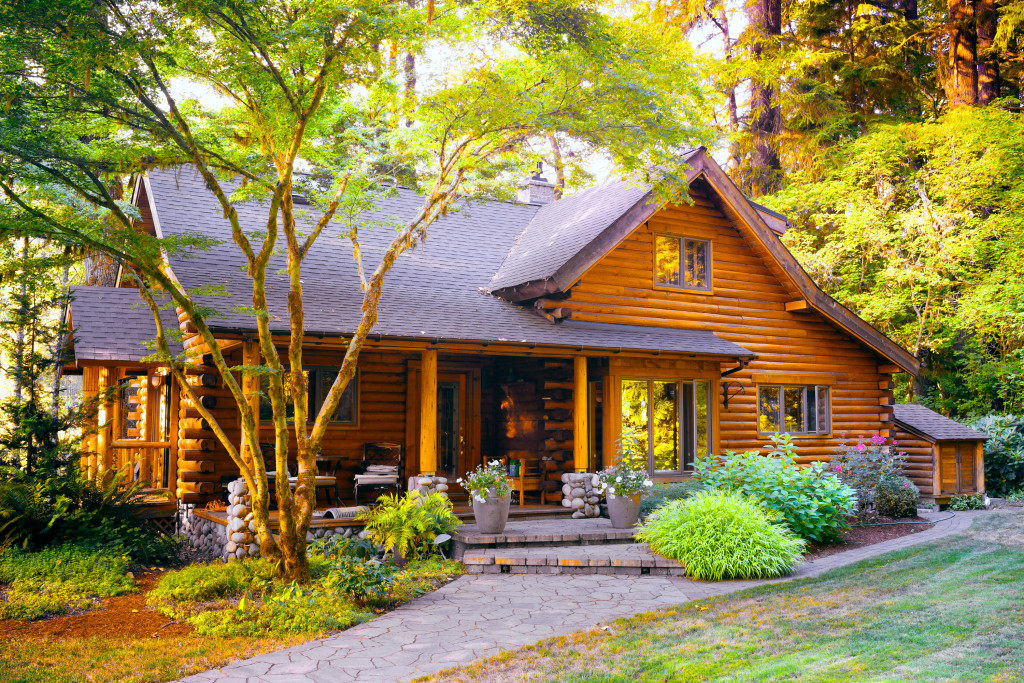- Develop a sustainable design plan for your fixer-upper renovation, incorporating solar panel systems, energy-efficient appliances, and water-conserving fixtures.
- Utilize natural resources like the sun, wind, and upcycled materials to reduce reliance on energy-consuming lights and heating systems.
- Invest in a smart home automation system to control energy usage remotely and create custom energy-saving plans.
- Work with a contractor specializing in green building practices to select suitable materials and equipment and ensure project compliance with environmental regulations.
The world is changing, and so are the trends in real estate. Today, people are more aware of the effects of climate change and are more committed to sustainable living. This means that homebuyers are looking for eco-friendly features and sustainable homes that help reduce their carbon footprint. As such, real estate investors and enthusiasts need to understand how to capitalize on sustainability trends to ensure their properties stay competitive. Here’s how you can transform fixer-uppers into rustic homes that meet the sustainability requirements of the modern homebuyer.
Create a sustainable design plan.
Before starting your fixer-upper renovation project, the first step is to develop a sustainable design plan. This involves understanding what sustainable features homebuyers are looking for and incorporating them into the design. Here are some things to consider:
Solar Panel Systems
Solar panels are one of the most popular sustainable features in the home-buying market today. Incorporating these into your design plan can give your property an edge over the competition.
Solar panel systems allow homeowners to reduce their energy bills and reduce their carbon footprint while still providing a reliable source of electricity. When considering solar panels, make sure to look into local incentives and tax credits that can help offset the cost.
Energy-efficient Appliances
Energy-efficient appliances are another popular sustainable feature that has become more widely available in recent years. Look for Energy Star-rated models, as these can help reduce energy costs while also providing a great return on investment.
Water-conserving Fixtures
Water is one of our most precious resources. Installing water-conserving fixtures such as low-flow faucets, showerheads, and toilets can help reduce water usage while providing ample hot water for daily use. You can also look into rainwater collection systems to further reduce your water bill.

Use natural resources wisely.
Sustainable design is not just about using eco-friendly materials; it’s also about efficient resource use. It’s critical to consider the sun, wind, and other natural resources that you can use to offset your energy needs. Here are some ideas:
Orient Your Home Towards The Sun
When it comes to orienting your home towards the sun, it is crucial to take into account the direction of sunlight during different times of the day. This allows you to capture as much natural light and warmth as possible, which reduces reliance on energy-consuming lights and heating systems. Additionally, strategically placed windows and skylights can help capture passive solar heating and lower energy costs.
Use Barnwood for Beams
Barnwood can be a great way to create a warm atmosphere in your home. A rustic barnwood beam can also be incredibly durable and look great as an accent piece. They’re also sustainable because they’re made from upcycled materials.
Plant As Much Greenery As Possible
Adding greenery to your home is a great way to add a touch of nature and reduce your carbon footprint. Planting trees around the house can provide shade and insulation while also reducing air pollution. Additionally, incorporating edible gardens such as herbs or vegetables can give you access to fresh and organic produce.

Invest in a smart home automation system.
Smart home technology is gaining popularity among homebuyers thanks to its efficiency and convenience. Investing in a smart home automation system lets you control your home’s energy usage remotely and keep track of energy consumption over time.
You can also create custom energy-saving plans that fit your lifestyle, such as scheduling lighting to turn off when you’re not home or turning off the air conditioning when no one is in the room. Such customization helps reduce energy waste and conserve resources.
If possible, work with a contractor that specializes in green building practices. They’ll help you select the right materials and equipment, offer advice on energy-efficient building techniques, and ensure that your project complies with environmental regulations.
Transforming fixer-uppers into rustic and sustainable homes is a smart way to capitalize on sustainability trends in the real estate industry. By creating a sustainable design plan, using natural resources wisely, investing in smart home automation, and working with a green contractor, you can make a home that meets the needs of modern homebuyers and promotes sustainable living. Remember to keep up with emerging sustainability trends to remain ahead of the pack and capitalize on any opportunities that arise.

